
Blog
How to Build Your Dream Home Without Breaking the Bank 🏠💸 | RumahHQ
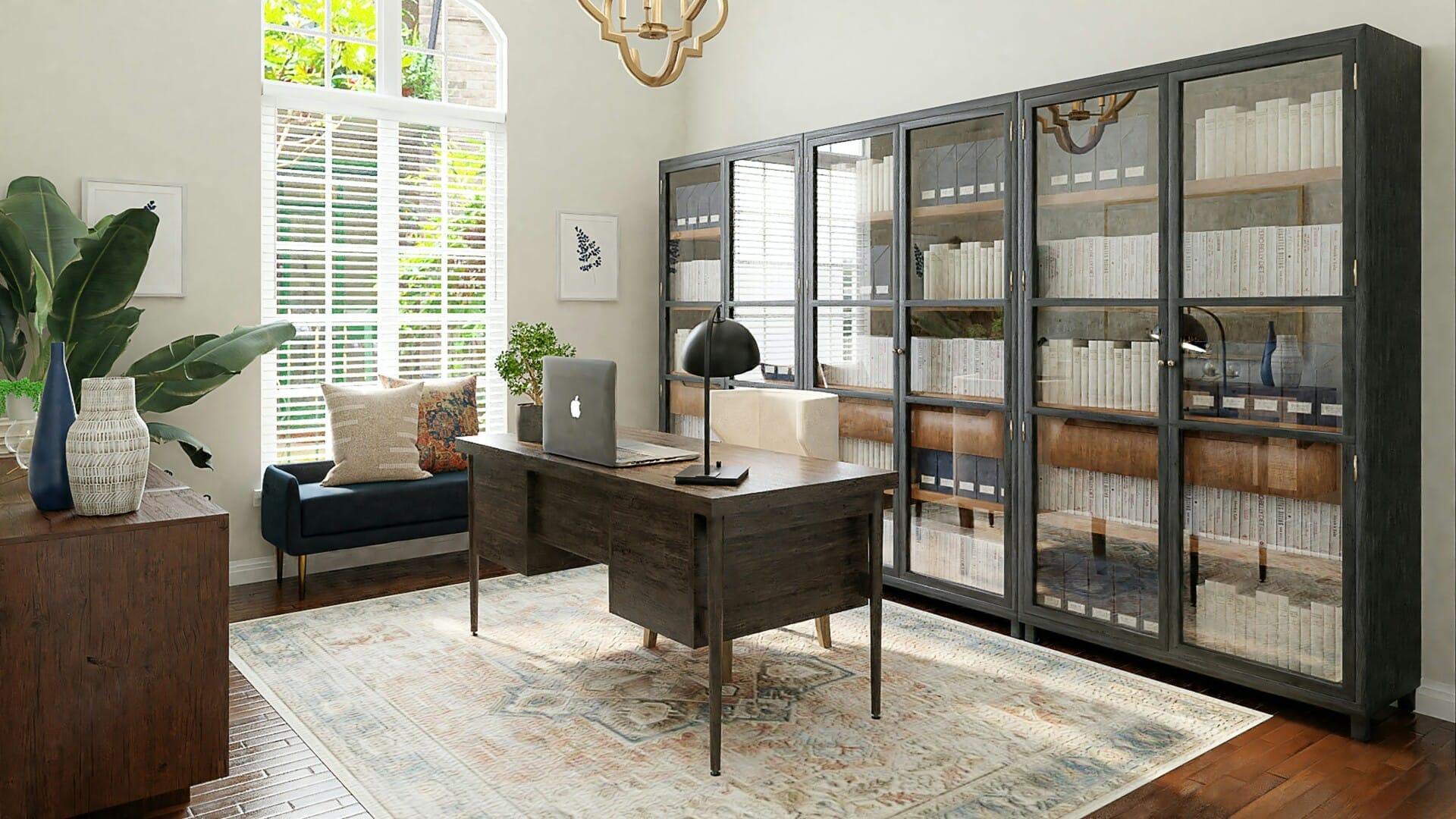
Are you dreaming of a home that perfectly reflects your personality without emptying your wallet? Well, you’re in the right spot! Building your dream home is often seen as a daunting task, especially when you consider the rising costs of construction and materials. But fear not! With a little creativity, smart planning, and a sprinkle of local know-how, you can turn that dream into reality without going broke. In this article, we’ll share some practical tips and tricks tailored for the Malaysian scene, guiding you through the process of building a cozy, stylish home that fits your budget. So, grab a cup of teh tarik, sit back, and let’s dive into the world of affordable home building! 🏠💸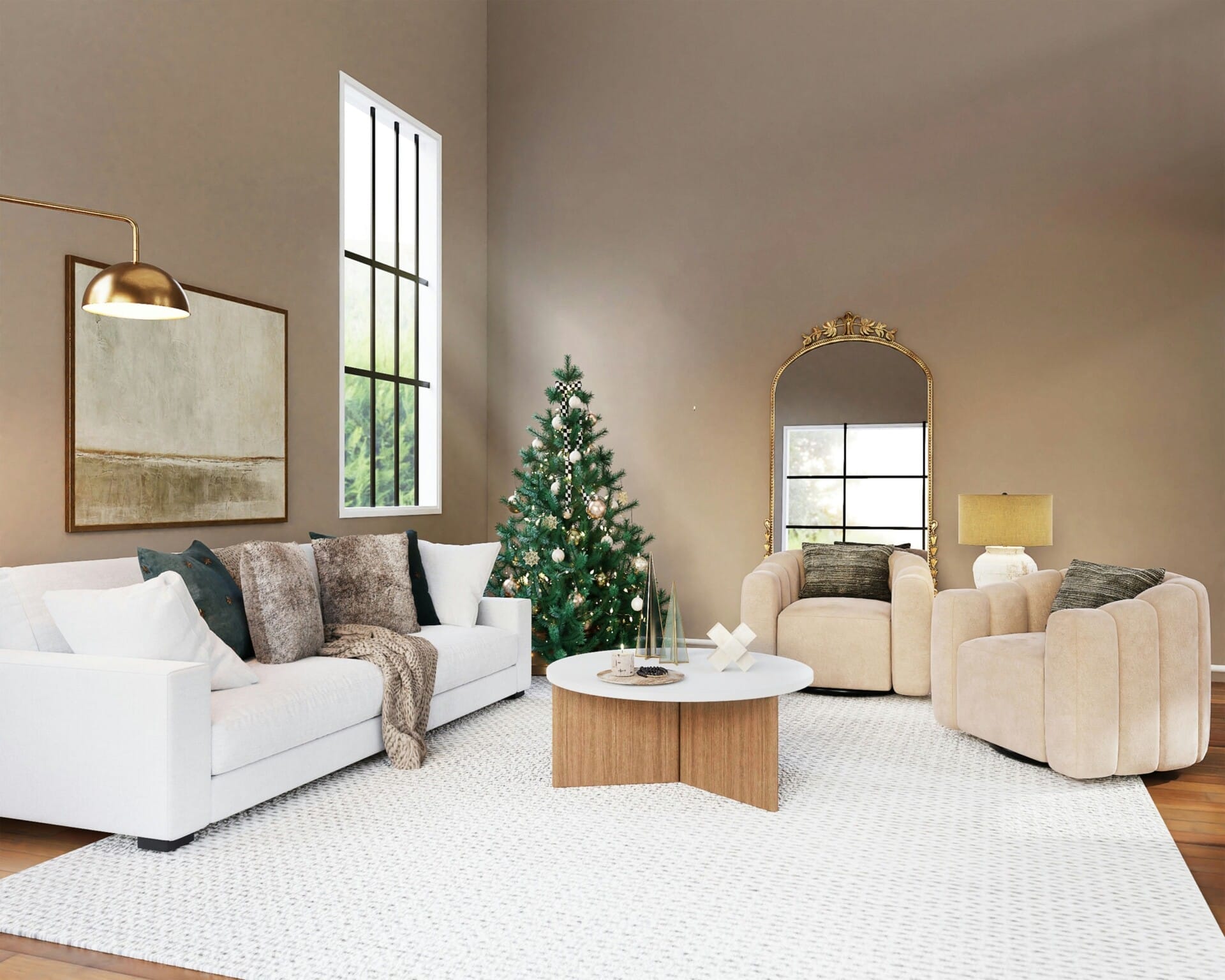
The Art of Budgeting: Crafting Your Financial Blueprint
“`html
Crafting a budget might seem like a chore, but it’s truly an art form that lays the foundation for building your dream home without straining your finances. Start by assessing your priorities. What’s essential to you: a spacious kitchen, a cosy garden, or maybe energy-efficient appliances? Identifying your must-haves will help allocate your budget more effectively. Here are some key points to keep in mind:
- Know Your Numbers: Calculate your total income and list your fixed expenses. This gives you a clear picture of what you can work with.
- Be Realistic: Consider potential extra costs such as renovations or required materials that could pop up during the construction process.
- Allocate Wisely: Divide your budget into categories like design, materials, and labour. Stick to these percentages to avoid overspending.
To simplify things further, create a visual budget breakdown that includes both fixed and variable costs. Using a table can make it easy to compare expenses and track your spending. Here’s how you might structure it:
| Expense Category | Estimated Cost (RM) | Actual Cost (RM) |
|---|---|---|
| Land Purchase | 200,000 | – |
| Construction Materials | 100,000 | – |
| Labour Costs | 80,000 | – |
| Interior Furnishings | 30,000 | – |
Once your budget is in place, be agile! Adjust your spending as needed while keeping an eye on your total expenses. There’ll be opportunities to save here and there, like opting for local materials or DIY projects that can minimise costs. Remember, you’re not just building a house; you’re creating a home infused with your personality and warmth—all while keeping your finances in check!
“`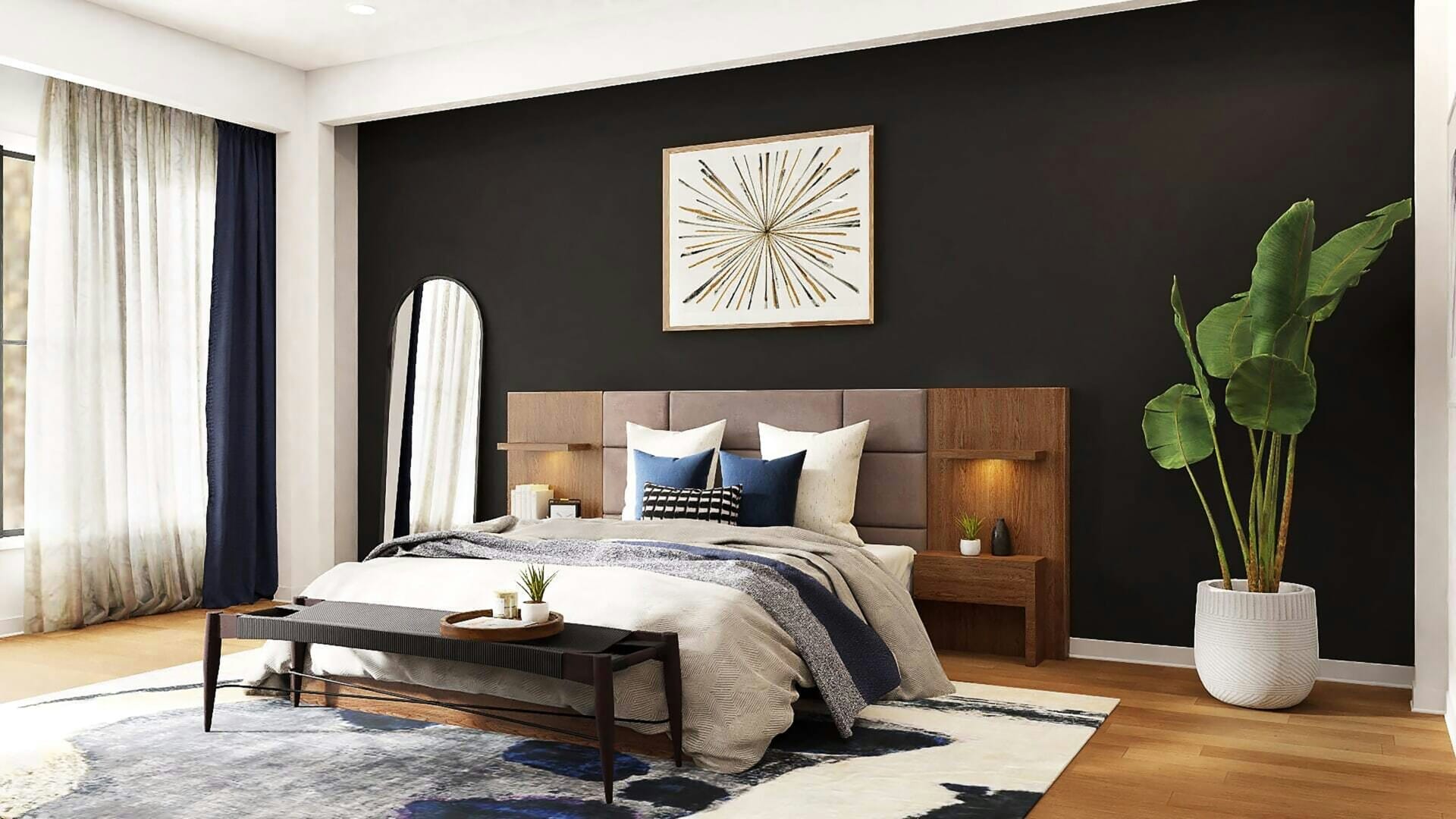
Choosing the Right Location: Balancing Desire and Affordability
Finding a balance between your ideal location and your budget is like preparing for a Malaysian feast—too much of one ingredient can spoil the dish! When it comes to choosing that sweet spot for your dream home, it’s essential to weigh what you truly desire against what your wallet can handle. Start by jotting down the attributes that are non-negotiable for you. Whether it’s proximity to work, access to public transport, or even the vibe of the neighborhood, having a clear picture will help you sift through the options effectively.
Your dream location might be in an urban hotspot like Kuala Lumpur where everything is around the corner, but it often comes at a premium price. On the other hand, areas like Petaling Jaya or Cheras may offer a more spacious abode at a fraction of the cost. Don’t shy away from exploring up-and-coming neighborhoods. These spots can provide more bang for your buck, often featuring brand-new amenities and a young community spirit. Here are a few pointers to help you decide:
- Research Local Amenities: Check for schools, hospitals, parks, and shopping options.
- Consider Commute Times: How long will it take you to get to work or other daily activities?
- Think Long Term: Are property values likely to rise in this area?
Plus, setting up a simple comparison table can help you visualize your options at a glance:
| Location | Avg Price (RM per sq. ft.) | Commute to KL | Amenities |
|---|---|---|---|
| Kuala Lumpur | 750 | 30 min | High |
| Petaling Jaya | 500 | 25 min | Medium |
| Cheras | 450 | 35 min | High |
| Subang Jaya | 400 | 40 min | Medium |
By carefully considering these factors and perhaps even consulting with local real estate agents, you can discover hidden gems that align with both your dreams and your budget. Remember, a little creative thinking and some scouting can go a long way in making your dream home a reality without stretching your finances too thin!
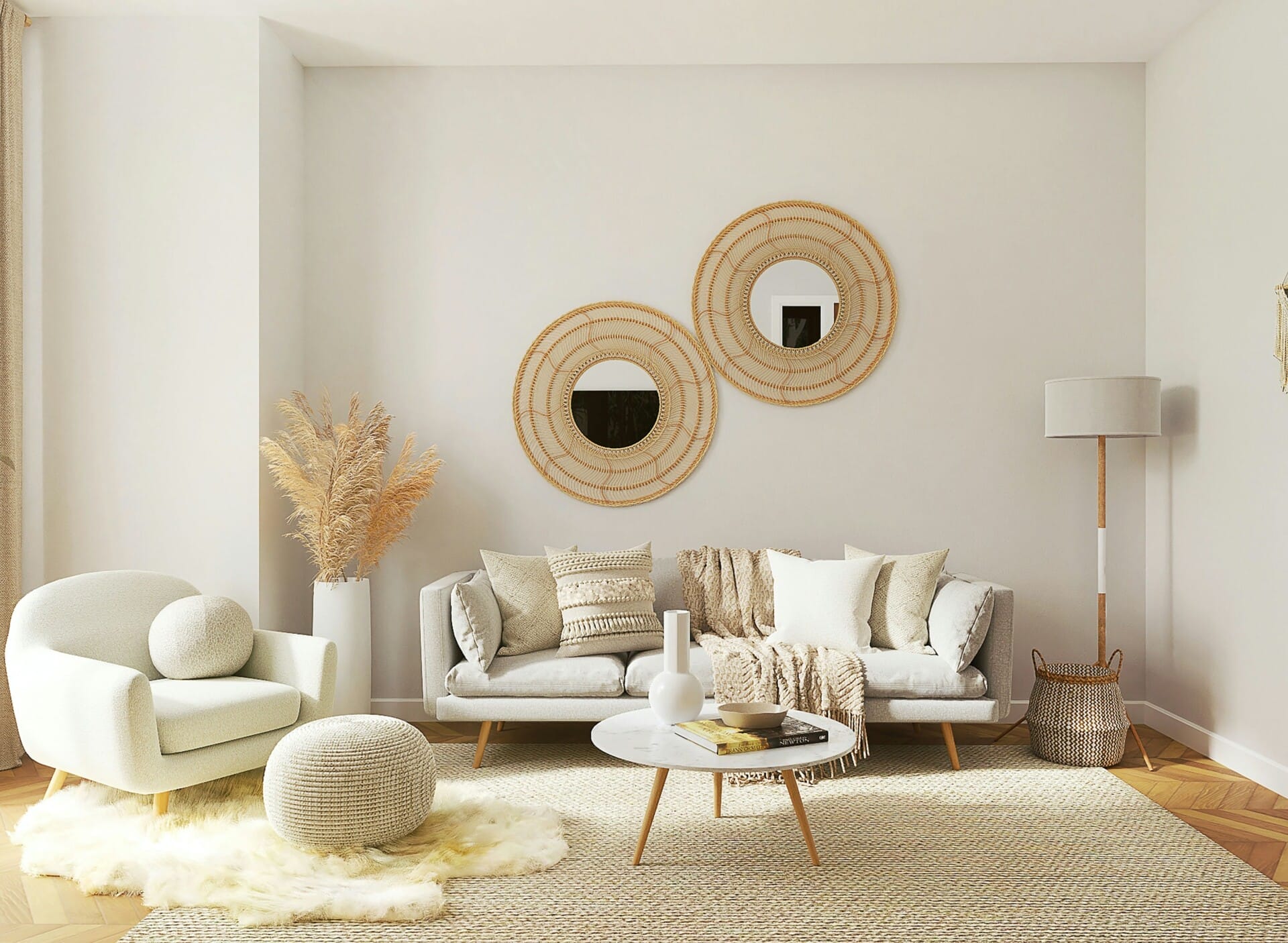
Smart Design Choices: Maximizing Space and Functionality
When it comes to building your dream home, smart design choices play a pivotal role in ensuring your space is both functional and visually appealing. By embracing an open floor plan, you can create a sense of spaciousness without needing extra square footage. This design approach connects living areas, allowing for natural light to flow and making the home feel larger and more inviting. Consider using transom windows or sliding doors to blur the lines between indoor and outdoor spaces.
Incorporating multipurpose furniture can also help you optimise the functionality of your home. Think about items that pull double duty, like a sofa bed for guests, an ottoman with storage, or a dining table that can expand for gatherings. Having furniture that serves more than one purpose keeps clutter at bay and allows for flexibility in how you use each space. Additionally, built-in solutions, such as shelves or benches with storage underneath, add character while keeping things organised.
| Space | Smart Design Choice | Benefit |
|---|---|---|
| Living Room | Open Layout | Enhanced Light & Flow |
| Bedroom | Murphy Bed | Maximises Floor Space |
| Kitchen | Island with Storage | Additional Work Surface |
Eco-Friendly Materials: Sustainable Solutions for Your Home
Building your dream home doesn’t have to mean depleting the earth’s resources. Opting for eco-friendly materials is a brilliant way to ensure your living space is sustainable while also being wallet-friendly. Think bamboo for flooring or reclaimed wood for an authentic touch. Not only are these materials renewable and often more affordable than traditional options, but they also add a unique character to your home that reflects your commitment to sustainability.
Another fantastic option is recycled metal for roofing and siding. It’s durable, requires less maintenance, and offers better insulation. When you choose materials like this, you’re not just cutting down on waste; you’re also saving on future energy costs. Here are some other eco-friendly materials worth considering:
- Straw bales: Great for insulation and surprisingly sturdy.
- Cork: Perfect for flooring; it’s comfortable, soft, and sustainable.
- Low-VOC paints: To keep the air in your home fresh and healthy.
It’s all about making smart choices that align with your financial and environmental goals. You might also want to consider investing in sustainable insulation materials like sheep’s wool or recycled denim, which not only help to keep your home energy-efficient but also reduce your ecological footprint. Here’s a quick comparison of some popular eco-friendly materials:
| Material | Benefits | Cost Effectiveness |
|---|---|---|
| Bamboo | Renewable, strong, stylish | Affordable |
| Recycled Metal | Durable, low maintenance | Long-term savings |
| Straw Bales | Excellent insulation | Cost-effective, natural |
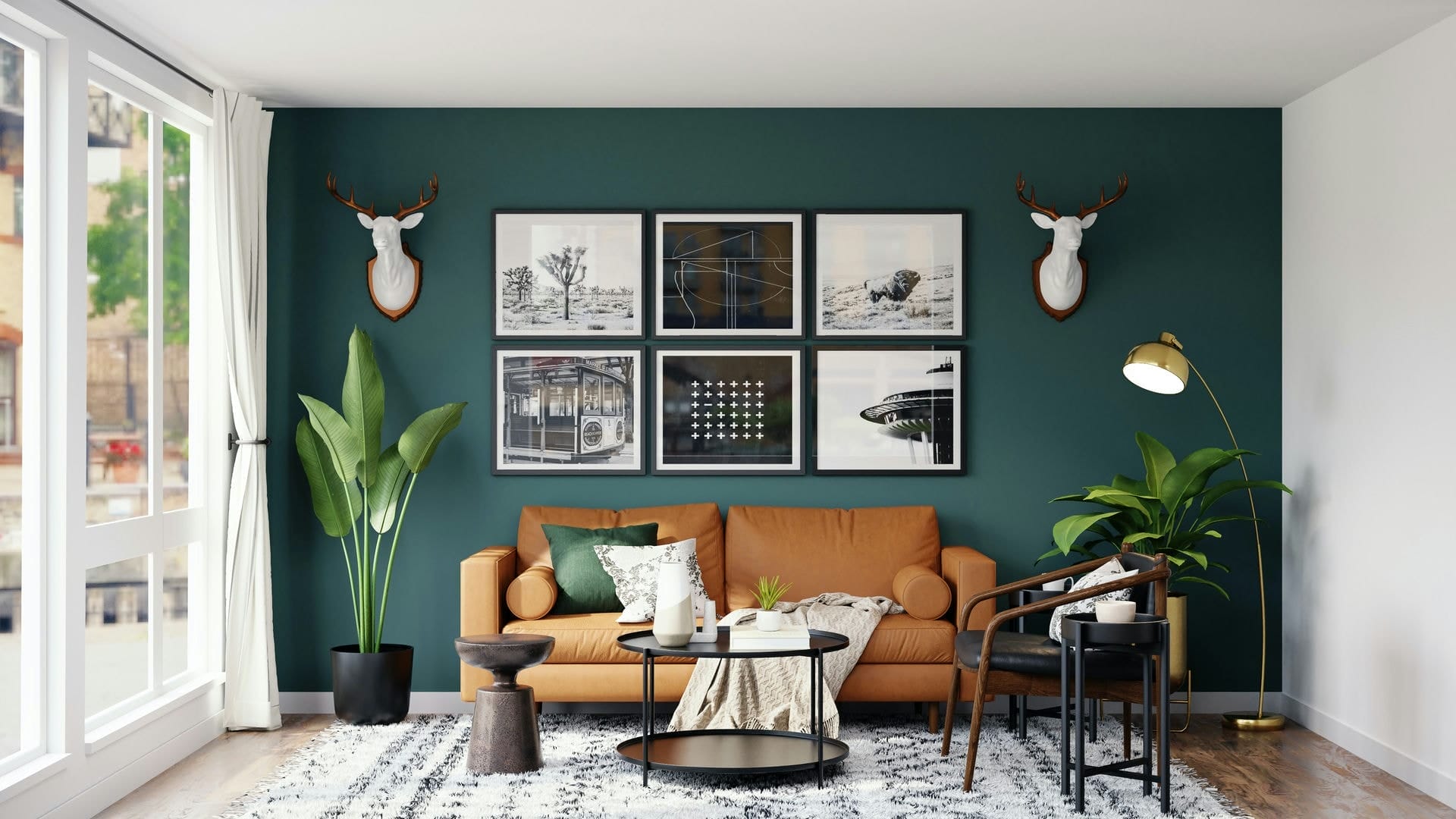
DIY vs. Professional Help: When to Roll Up Your Sleeves
When it comes to building your dream home, you might find yourself in a tug-of-war between going the DIY route or hiring professionals. It’s essential to weigh the time, skills, and finances you have against the scope of your project. Smaller tasks like painting or landscaping can often be tackled on your own, allowing you to save money while adding a personal touch to your home. However, if your project involves complex structural work or intricate designs, it might be best to call in the experts. The goal is to make sure the work is not only visually stunning but also safe and durable.
As you decide your approach, consider breaking down your tasks into two categories:
- DIY Tasks: Painting, assembling furniture, simple decor installations
- Professional Help Tasks: Electrical work, plumbing, major renovations
Identifying what you can realistically handle will give you a clearer picture and prevent burnout. Plus, there’s a certain satisfaction in saying, “I did that!” knowing it was all your effort, and the savings can be reinvested in other areas of your home project.
Also, don’t forget about local regulations and building codes. Some projects, especially those involving structural changes, may require permits or professional inspections. Here’s a simple guide to help you decide:
| Task Type | Ideal Approach | Key Considerations |
|---|---|---|
| Cosmetic Changes | DIY | Time and creativity |
| Structural Modifications | Professional Help | Safety and compliance |
| Finishing Touches | Mix of Both | Budget and involvement |
Deciding when to roll up your sleeves and when to hand over the baton can set you on the right track to create a home that’s not only a reflection of your style but also a smart financial decision!
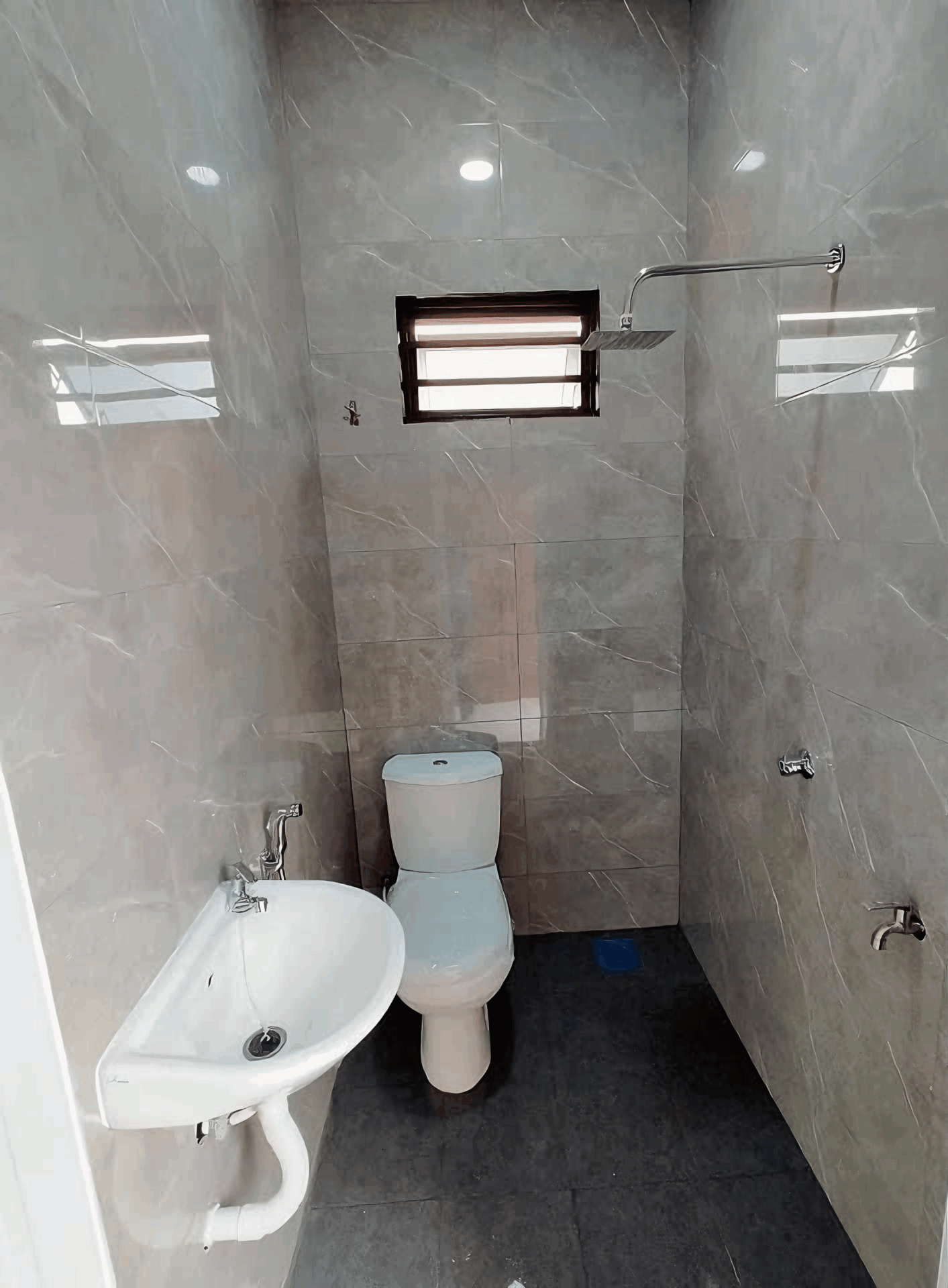
Financing Options: Navigating Loans and Grants
When it comes to financing your dream home, there are multiple avenues to explore. Start with understanding bank loans, which typically come in various forms. You might consider a conventional mortgage, where you borrow a lump sum to purchase the home and repay it over time with interest. If you have a lower deposit, check out Government-backed loans that often require minimal down payment, making them more accessible. Don’t forget to compare interest rates and terms from different banks to find the best deal for your finances.
Another valuable option available to aspiring homeowners in Malaysia is government grants and subsidies. The government offers several initiatives designed to assist first-time buyers or individuals from lower-income households. For example, the MyFirstHome scheme provides financial support for purchasing your first home. Additionally, keep an eye on Special Housing Projects that might offer below-market prices for approved applicants. These programs not only lessen your financial burden but also pave the way to making home ownership a reality.
When deciding how to finance your home, it’s beneficial to create a clear overview of what you might qualify for. Consider using a comparison table like the one below to weigh your options:
| Financing Option | Interest Rate | Deposit Required | Suitable For |
|---|---|---|---|
| Conventional Loans | 3-4% | 10-20% | All Buyers |
| Govt-backed Loans | 2.5-3.5% | 1-5% | First-time Buyers |
| MyFirstHome Scheme | 2-3% | 1% | Low-Income Households |
By understanding your financing options and exploring available grants, you can navigate the loan landscape with confidence. This way, you’re not just dreaming about your perfect home; you’re also taking concrete steps to make it all happen without stretching your budget too thin.
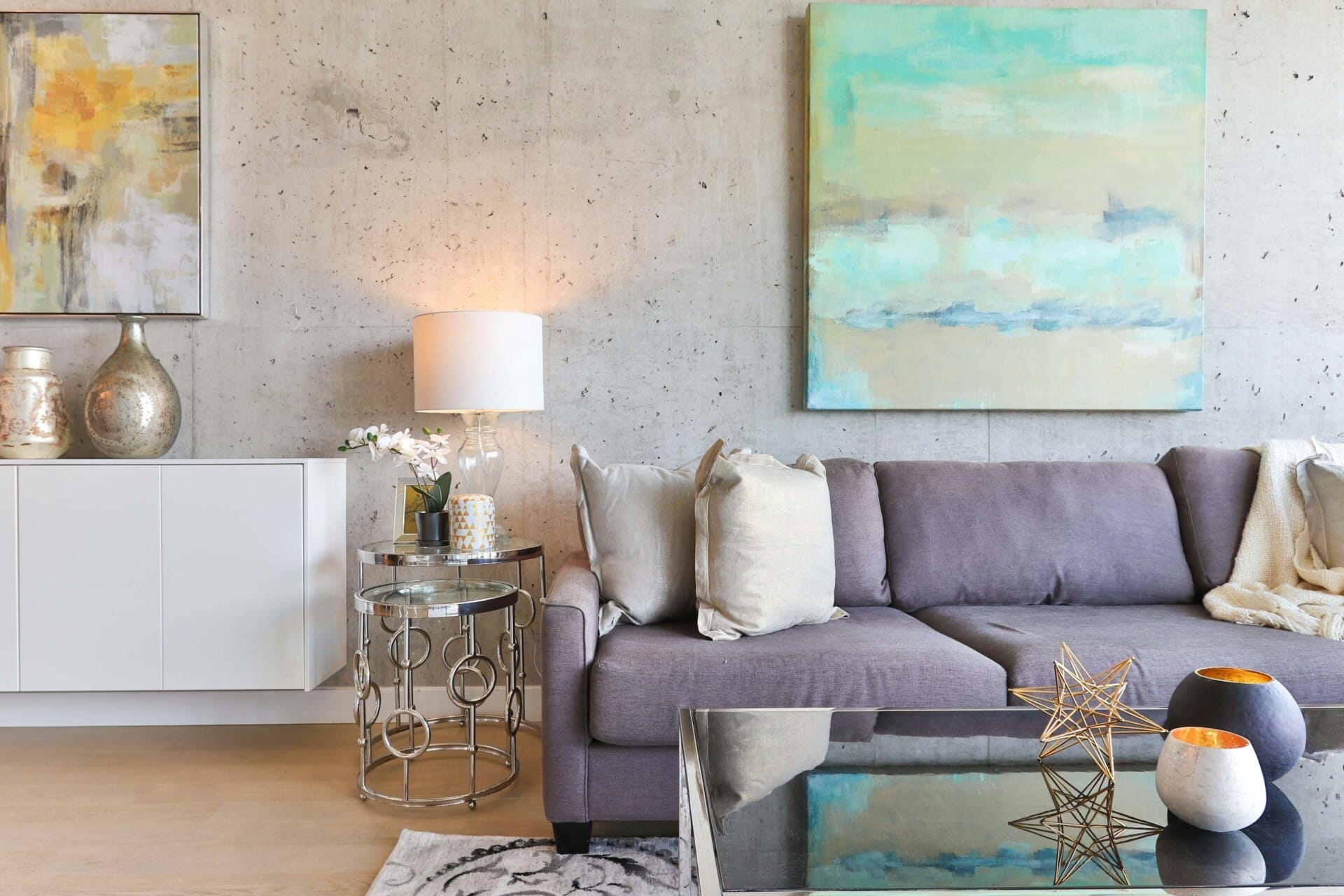
Selecting the Right Contractor: Ensuring Quality Without Compromise
Choosing the right contractor for your home project can be a daunting task, but it’s essential for achieving the quality you desire. Start by seeking recommendations from friends, family, or local online communities. Their firsthand experiences can provide valuable insights into contractors who are reliable and skilled. Don’t hesitate to explore online reviews as well; they can offer a glimpse of what to expect when working with a particular contractor. When you have a list of potential candidates, make sure to verify their credentials, including licenses, insurance, and any relevant certifications.
Once you’ve narrowed down your options, it’s time to interview them. This step is crucial in ensuring that you find a good fit for your project. Here are a few questions to consider asking:
- What is your approach to project management?
- Can you provide a detailed timeline and budget?
- How do you handle changes or unexpected issues?
- Can you share examples of your previous work?
- What is your warranty or guarantee for the work done?
After conducting interviews, it’s beneficial to request quotes from your top choices. Compare their offerings, but also look beyond the numbers. A table can be helpful in organizing this information effectively:
| Contractor Name | Quote (RM) | Experience (Years) | Review Rating |
|---|---|---|---|
| ABC Builders | 120,000 | 10 | 4.8/5 |
| XYZ Construction | 115,000 | 8 | 4.6/5 |
| Dream Homes | 130,000 | 12 | 4.9/5 |
This will not only help you find the most cost-effective option but also one that meets your quality standards. Remember, sometimes the cheapest option isn’t the best one, so consider the contractor’s reputation and quality of work as much as the price. Making a thoughtful choice now can save you headaches later!
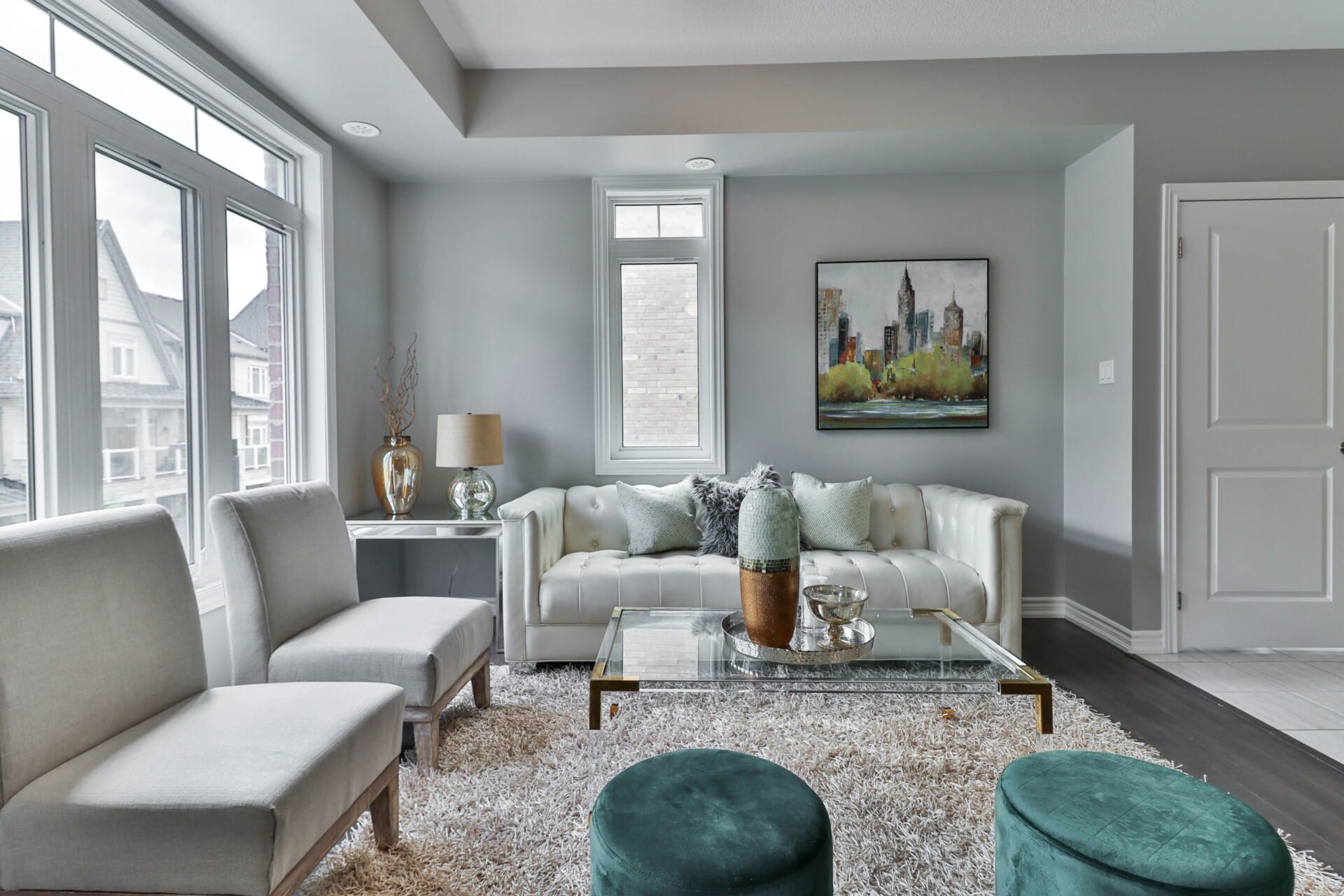
Long-Term Savings: Energy Efficiency and Maintenance Considerations
When building your dream home, keeping an eye on energy efficiency can lead to significant savings in the long run. Consider incorporating features like high-quality insulation and energy-efficient windows. These elements not only keep your home comfortable but also reduce the need for excessive heating or cooling. In Malaysia, where the climate can be quite warm, installing ventilation systems or using materials that reflect heat can contribute to lower energy bills and create a more sustainable living environment.
Regular maintenance is another key component for keeping your home running smoothly and cost-effectively. Small actions can prevent larger, more expensive problems from cropping up. Focus on these essential maintenance tasks:
- Inspecting your roof for leaks or damage
- Cleaning gutters to avoid water damage
- Checking HVAC systems to ensure efficiency
- Sealing any drafts around windows and doors
These simple steps can save you a ton on repairs and energy costs, allowing you to enjoy your dream home without the financial strain.
Creating a budget-friendly yet stylish dream home also hinges on smart choices about upgrades and renovations. Before committing to flashy features, consider their long-term value. Here’s a quick comparison for your reference:
| Upgrade Type | Initial Cost | Long-Term Savings |
|---|---|---|
| Solar Panels | HIGH | Very High |
| Energy-Efficient Appliances | MEDIUM | High |
| Standard Fixtures | LOW | Medium |
Investing in energy-efficient options can initially cost more, but they often pay off through lower energy expenses and increased home value over time. Remember, a little foresight during the building phase sets the stage for a comfortable and economical future in your dream home.
Key Takeaways
And there you have it! Building your dream home doesn’t have to empty your wallet. With a bit of planning, creativity, and smart choices, you can create a space that’s uniquely yours without the financial stress. Remember, it’s all about balance—finding ways to splurge on what really matters while being savvy with the rest.
So, whether you’re eyeing a cozy nook in the corner, a spacious garden, or a state-of-the-art kitchen, just take it one step at a time. Keep your budget in check and don’t shy away from DIY projects or hunting for deals. Your dream home is just a blueprint away!
Thanks for tuning in, and best of luck on your home-building journey. May your future abode be filled with joy, laughter, and plenty of great memories. Happy building! 🏡✨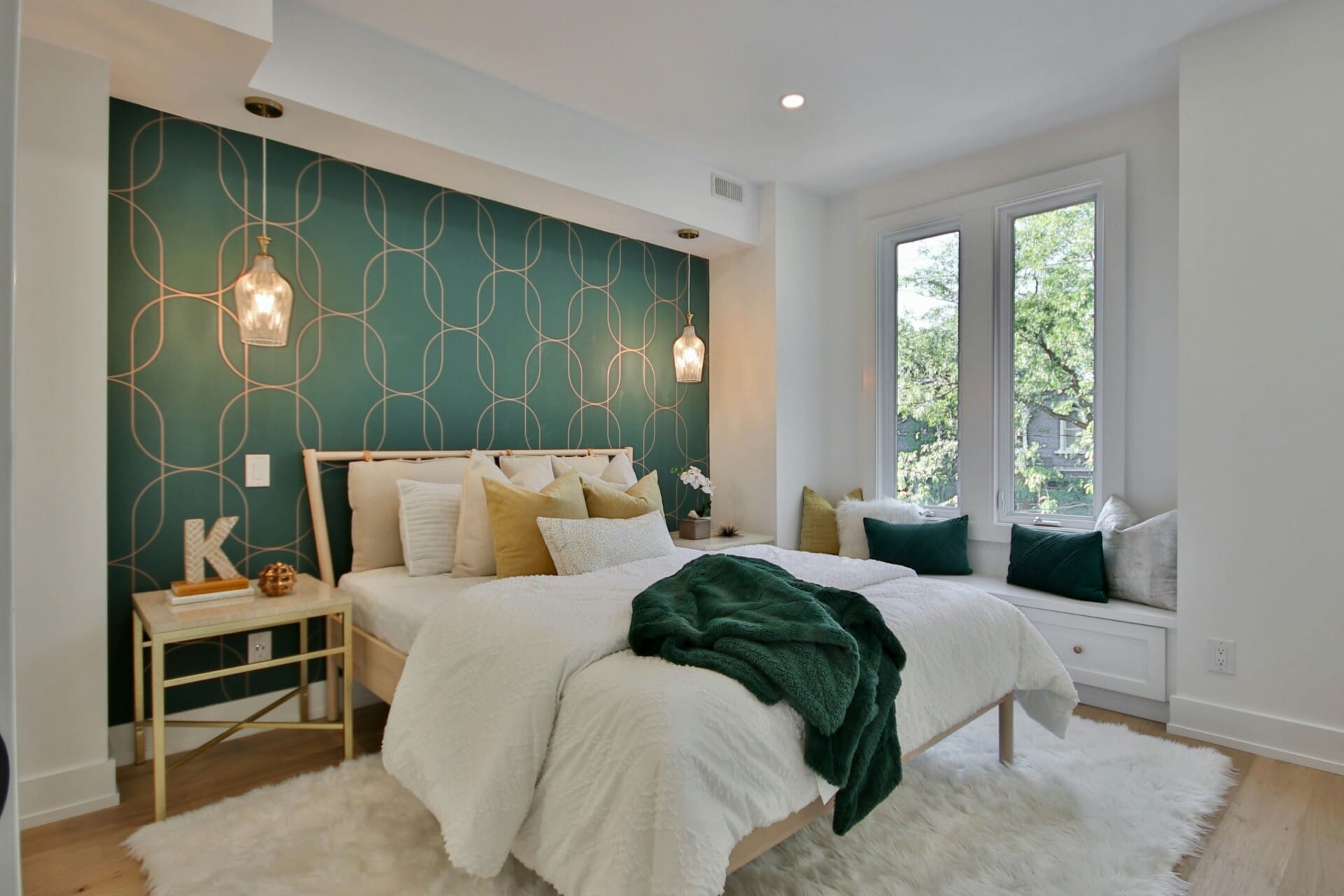
kontraktor rumah
bina rumah
pinjaman lppsa
pengeluaran kwsp
spesifikasi rumah
rumah batu-bata
pelan rumah
rekabentuk rumah
bina rumah atas tanah sendiri
kontraktor rumah selangor
rumah banglo
Source link











